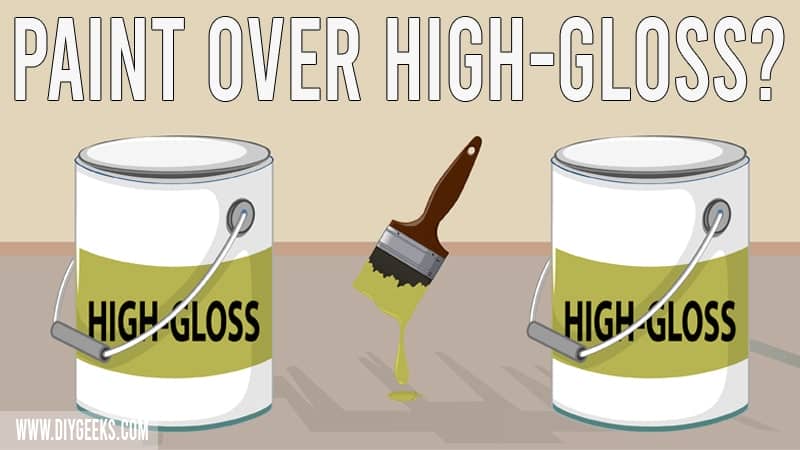High-gloss paint has the highest sheen amount compared to other paints and creates a glossy moisture-resistant finish once dry.
You can paint over high-gloss paint if you remove its glossy finish first. You must either sand the finish, de-gloss the paint, remove the glossy topcoat, or remove the entire paint first before painting over it.
To paint over high-gloss paint, remove the glossy top coat, sand the paint finish, apply primer, apply the new paint, and seal the paint finish.
Can You Paint over High-Gloss Paint?
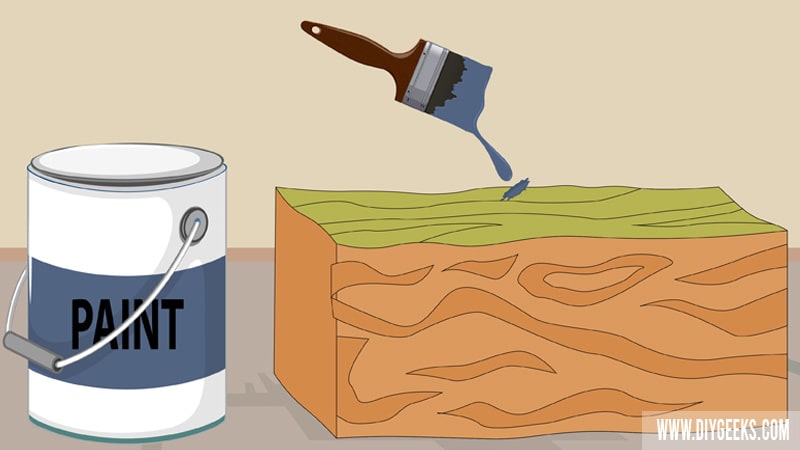
You can paint over high-gloss paint if you remove its glossy top layer. High-gloss paint due to its high sheen formula creates a glossy top layer that prevents paint penetration or adhesion.
The high-gloss paint finish is hard (rigid), glossy, water-resistant, and can’t be penetrated by liquids (including paint).
A new paint won’t adhere and will peel off if you apply it directly over a high-gloss paint finish. You must either sand the finish, de-gloss the paint, remove its glossy top coat, apply a primer to cover the finish, or remove the entire paint finish before applying new paint.
The high-gloss paint amount you remove depends on the new paint. For instance, you must remove less paint if using oil-based paint as the new finish.
You don’t need to de-gloss or remove high-gloss paint if sealing it. Sealers are topical finishes and don’t need to penetrate a paint coating to adhere. They will form a water-resistant coating over high-gloss paint and protect it from water, moisture, scratches, and other elements.
Can You Paint Over High-Gloss Paint Without Sanding?
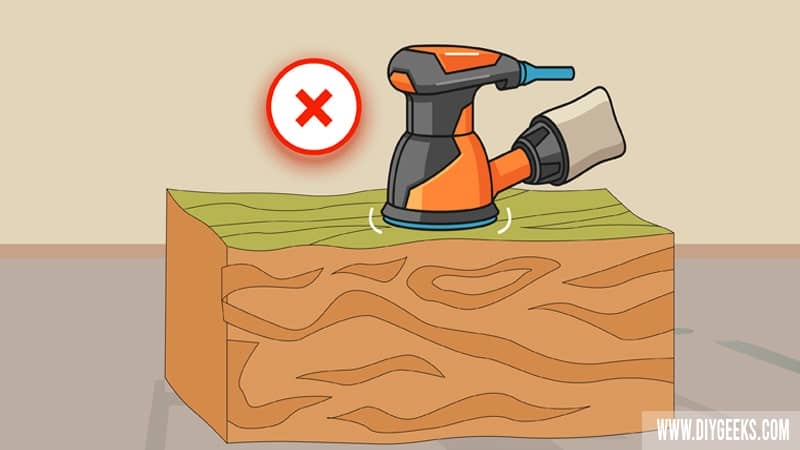
You can paint over high-gloss paint without sanding if you apply a primer coating or use a de-glosser first.
The primer coating covers the high-gloss top layer and provides a smooth coating for the next paint to adhere to.
A de-glosser (or a liquid deglosser) is a product that removes or reduces the gloss of an existing paint finish, making it less shiny and more suitable for a new paint coating.
You can’t paint over high-gloss paint if you don’t sand, apply primer, de-gloss its finish, or remove its glossy top coat. The high-gloss paint top coat is slick and moisture-resistant and prevents paint from penetrating and adhering.
How To Paint Over High-Gloss Paint?
To paint over high-gloss paint, do the following things.
- Remove the Glossy Top coat.
- Sand the Paint Finish.
- Apply Primer (Optional).
- Apply the New Paint.
- Seal the Paint Finish.
The tools you need for this project are listed below.
- Medium and fine-grit sandpaper
- Clean rags
- Primer paint
- A gallon of paint
- A paintbrush or spray gun
- A sealer
- A pair of gloves
- Drop sheet
- Paint thinner, paint scrapper, or paint stripper (Optional)
1. Remove the Glossy Top coat
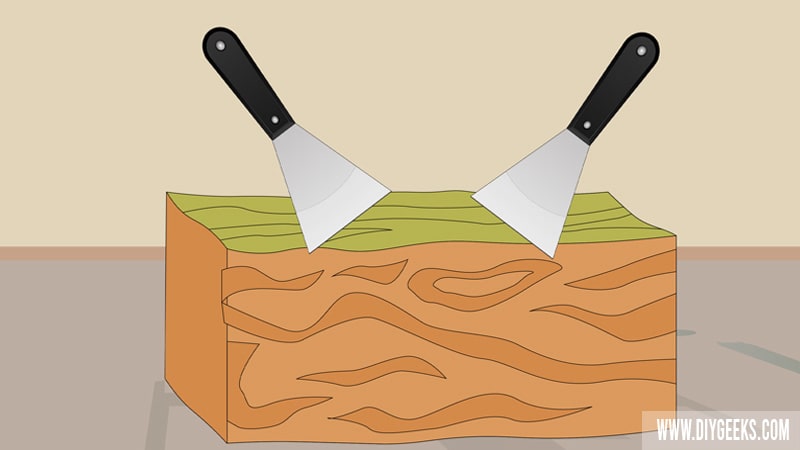
Remove the high-gloss paint glossy top coat as new paint can’t penetrate or adhere over it. To remove the high-gloss paint glossy top coat, use a fine-grit sandpaper or de-glosser.
Fine-grit sandpaper (220-grit) removes the glossy topcoat but doesn’t remove the entire paint. The de-glosser breaks the paint finish gloss and creates a slightly textured surface to help new paint adhere better.
2. Sand the Paint Finish
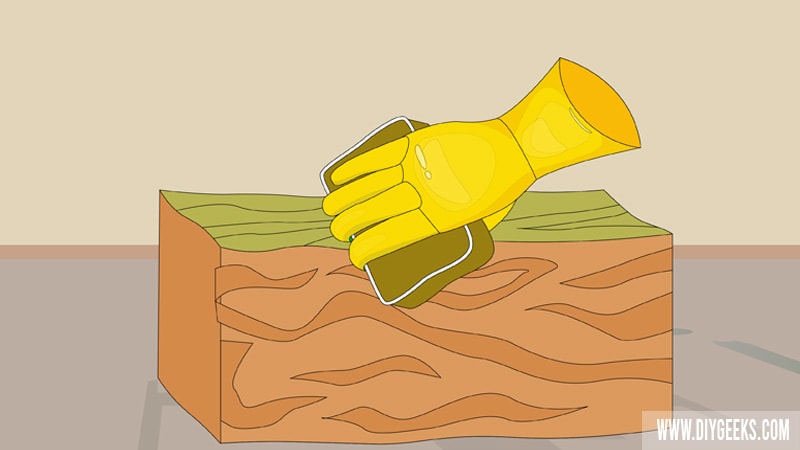
Sand the paint finish with extra fine-grit sandpaper (440-grit) to remove imperfections and bumps, and make the surface smooth and paint-ready.
After de-glossing and sanding the paint finish, clean it with a damp rag to remove dust and debris.
3. Apply Primer (Optional)
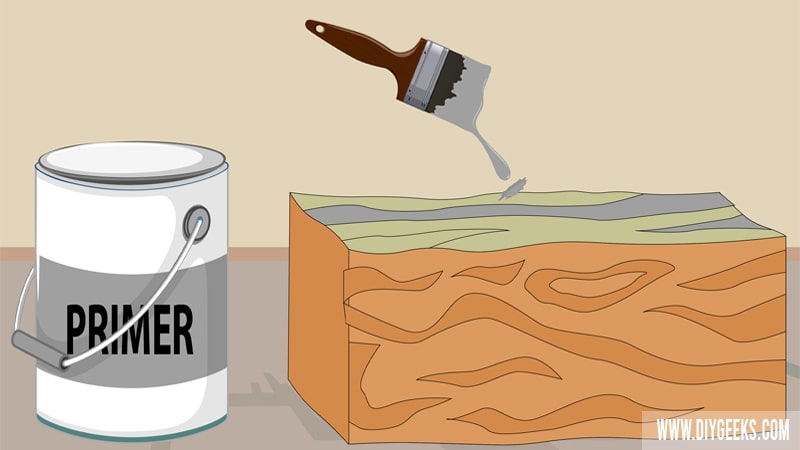
Apply one (1) primer coat to cover the high-gloss paint top coat if you didn’t sand or de-gloss it.
The primer covers the paint finish gloss, creates a smooth layer for new paint to adhere better, covers imperfections and holes, and prevents bleed-through.
A primer coating is optional if you have sanded or de-glossed the high-gloss paint finish.
4. Apply the New Paint
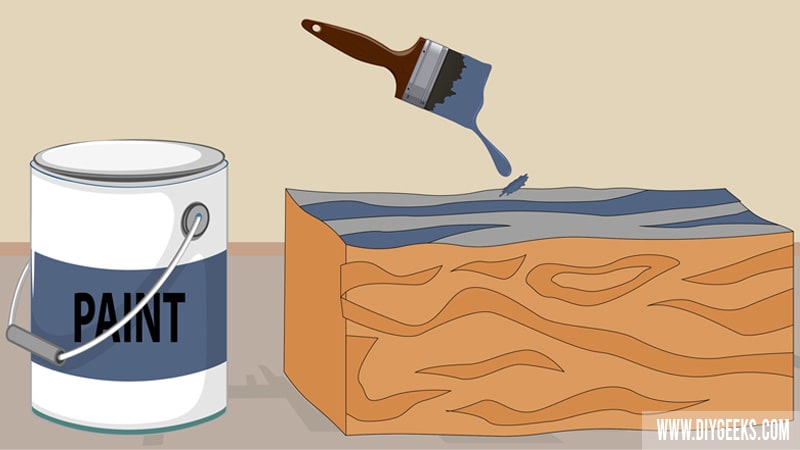
Apply 2-3 light paint coats over high-gloss paint for proper coverage and durability. Wait until one coat dries before applying the next one.
Use a paint sprayer, roller, or brush to apply the paint.
5. Seal the Paint Finish
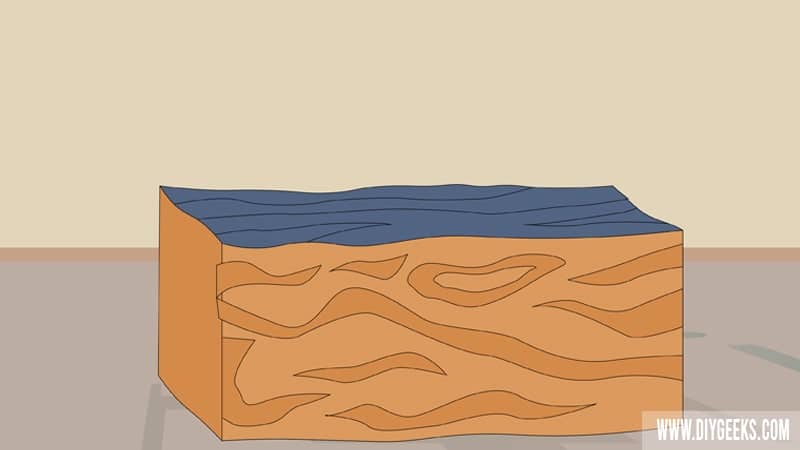
Seal the new paint finish with a moisture-resistant sealer, such as polyurethane, to increase the finish durability.
Which Types of Paint Can You Apply over High-gloss Paint?
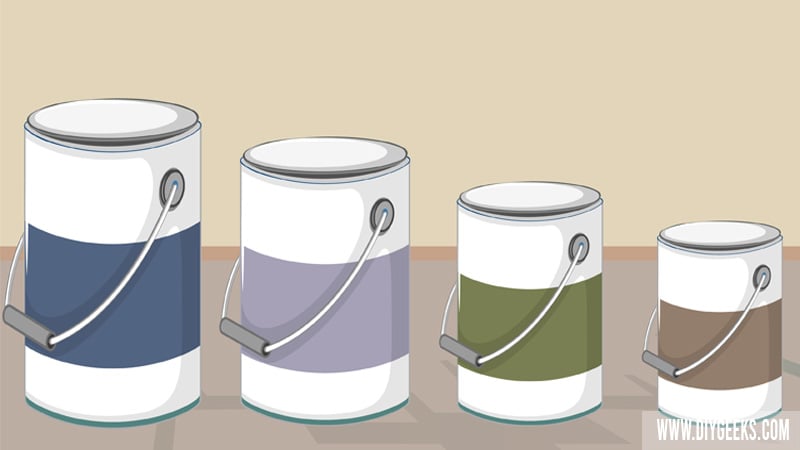
- Flat Paint: You can apply flat paint over a high-gloss finish if you sand the finish gloss first.
- Eggshell Paint: You can apply eggshell paint over high-gloss paint if you apply a primer coating between two paints.
- Satin Paint: You can apply satin paint over high-gloss paint if you remove the finish gloss completely. Satin paint is water-based and doesn’t adhere well to glossy finishes unless you remove them.
- Semi-gloss Paint: You can apply semi-gloss paint over high-gloss paint if you remove the finish gloss.
- High-gloss Paint: You can apply high-gloss paint over high-gloss paint but you must sand the finish gloss first.
